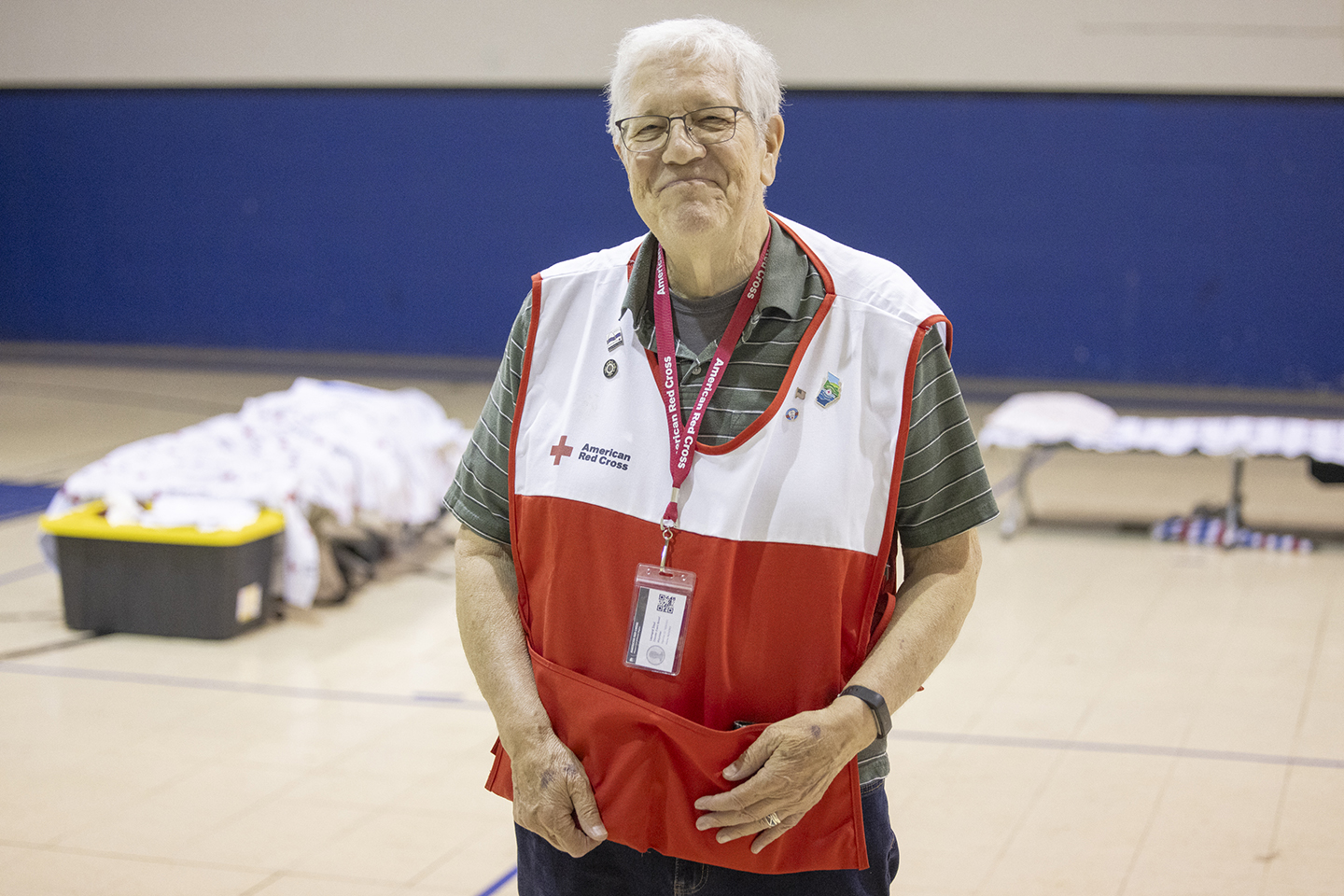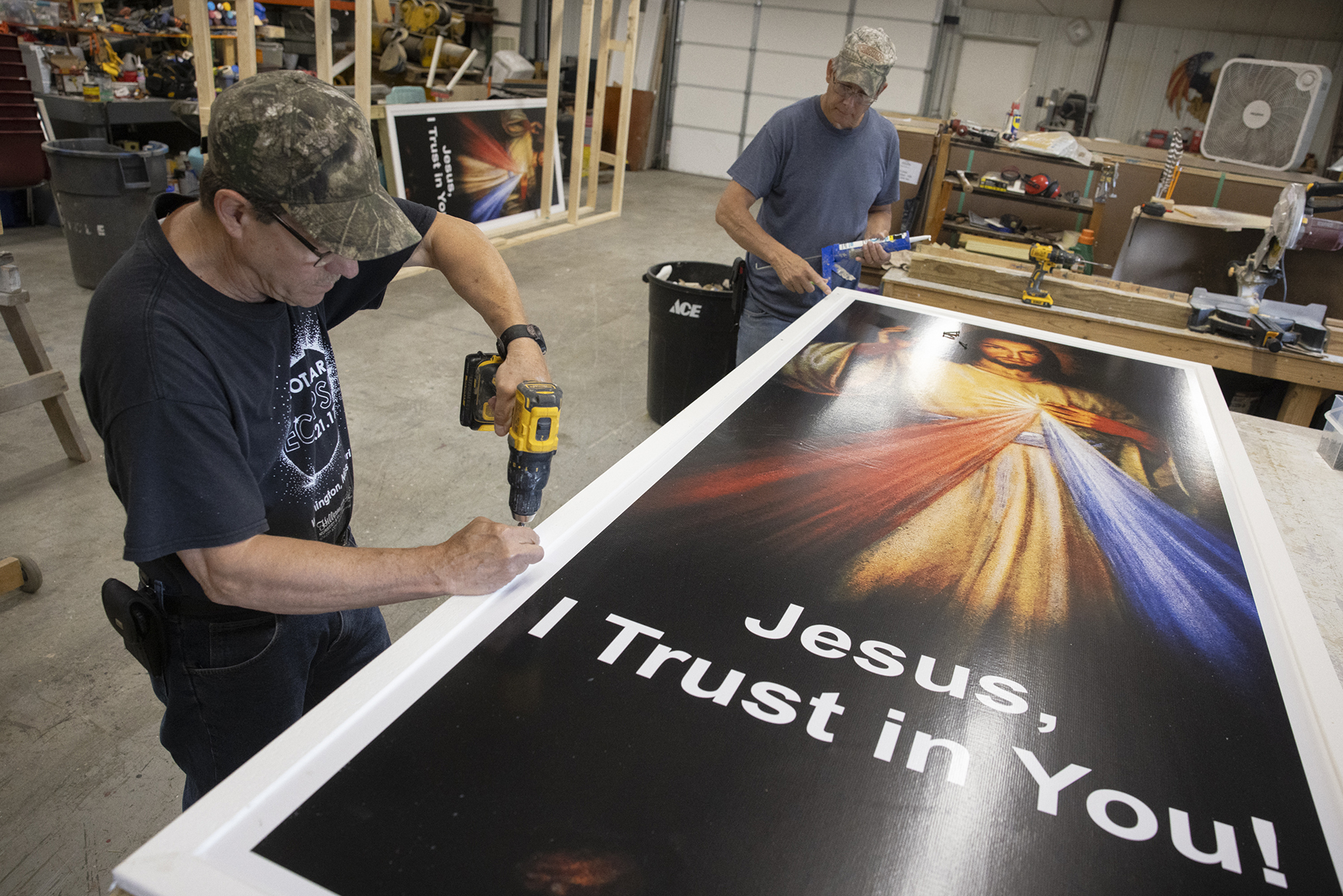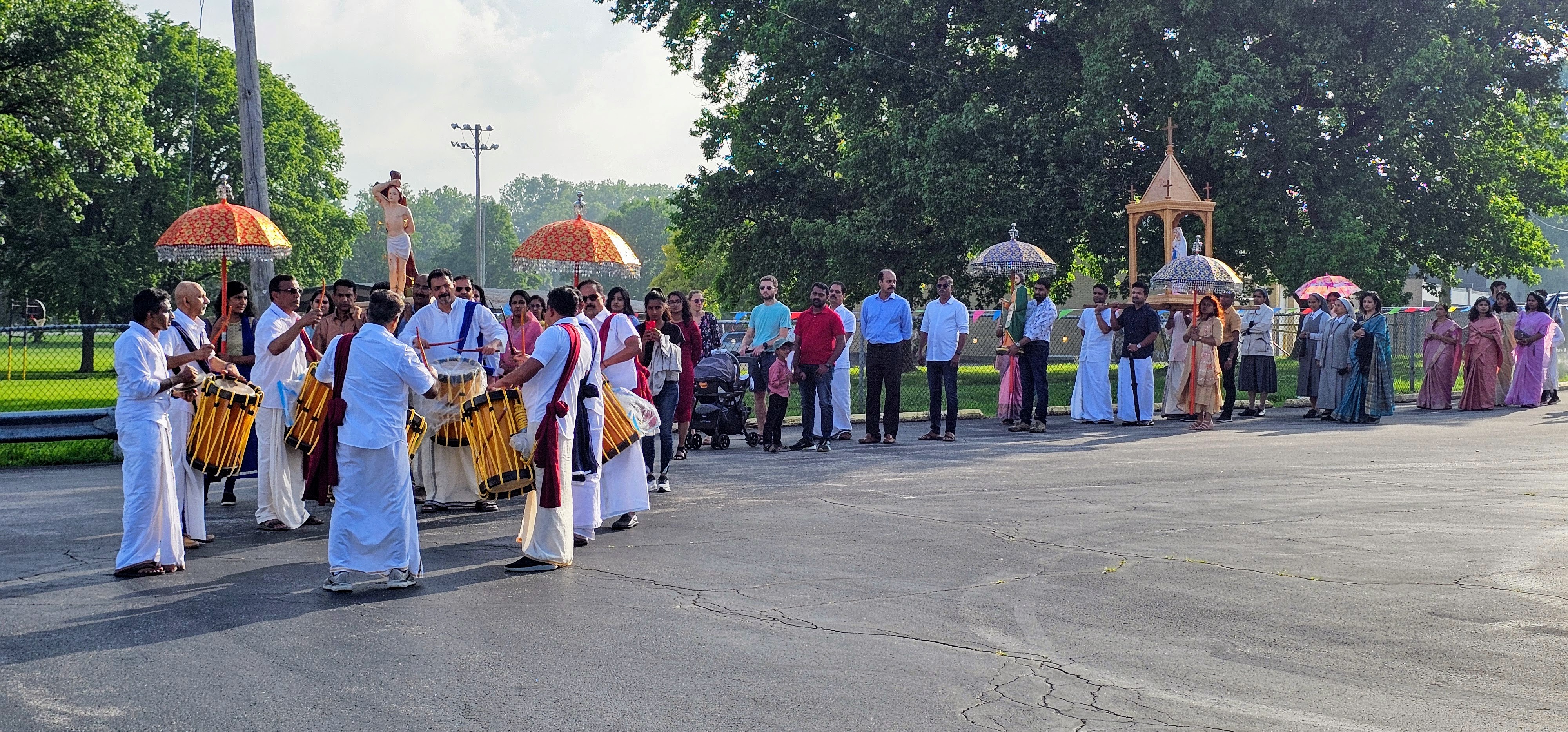What leads Millennials to continue Mass attendance?

Research shows Catholic education is one aspect that has positive effect on Mass attendance as adults
For Faith Downing, 24, education in Catholic schools made all the difference in her faith as a young adult. By comparison, Ashley Hayworth, 28, received little Catholic education — just 2½ years out of 12, with no Parish School of Religion — yet she’s a regular Sunday Mass-goer as well.
Despite their Catholic-education extremes, Downing and Hayworth rank among Millennials — young adults born since 1982 — who attend Mass on Sundays.
Downing’s experience confirms research by the Center for Applied Research in the Apostolate (CARA) at Georgetown University. In a study completed in 2014, CARA found a strong correlation between Catholic education and Mass attendance among Millennials, with Catholic-educated young adults seven times more likely to attend Sunday Mass than peers who went to public schools. The study did not look at attendance at Parish Schools of Religion.
However, Hayworth’s experience highlights the influence of family to future Mass attendance, confirming research by University of Notre Dame sociology professor Charles Smith.
“Most young people stick, more or less, with what they were raised with; that’s the general tendency,” he said in a lecture at St. Louis University in 2015. “A lot of times, parents don’t know they’re doing anything special. They’re just doing what they’re doing.”
Whether for a so-called “cradle Catholic” or a late-bloomer in the faith, parents play a significant role in faith development for young adults.
“Parents are so key to formation, in Catholic schools or public schools,” Hayworth said. “My family was always very engaged with teachers and faculty. They were our advocates; they were our example.”
In faith as well as education. Hayworth and her siblings witnessed firsthand their parents’ embracing Catholicism — her mother in returning to the faith of her youth and her father in converting. Dad watched mom, siblings watched both and the family ended up being in lockstep. The family went from Catholicism “not being on our radar,” as Hayworth said, to being all-in.
This happened late in her middle-school years and early in high school, a crucial time for faith development as children grow and mature toward adulthood.
“It kind of turned our family around,” Hayworth said. “We were a normal family, but once my dad moved into the Church, it was like night-and-day. We were that much closer and that much stronger. … Seeing how the faith worked in my parents’ lives was a big indicator of me: ‘Hey, this is really cool. I want to stick with it.'”
A military family, the Hayworths settled in the St. Louis area after stops in Illinois near Scott Air Force Base, Virginia, California and numerous places before that. In Virginia, she attended a Catholic school as an eighth-grader and started at a Catholic high school before the family moved to Metro East. Hayworth ascribes the turnaround to divine intervention.
“I’m not perfect by any means, but I can tap into those graces, working in the Lord’s will,” said Hayworth, who doesn’t just work God into a busy schedule but works herself into God’s schedule. For example, instead of picking Mass at a parish because it’s conveniently scheduled, she sticks with Mass times at her parish, St. Francis de Sales Oratory in St. Louis: God’s time.
Meanwhile, Downing’s experience correlates to CARA’s research, which shows significant improvement for Mass attendance in the past two generations among young adults who attended Catholic grade schools and in the past generation among Catholic high school attendees. (See accompanying chart).
For Downing, “forming the habit of going to Mass” in Catholic school loomed large. She went to Mass once a week at All Saints School in St. Peter in addition to Sunday Mass at the parish.
“Having that as my education was a big part of it,” she said, adding that she took her faith to the next level in high school— first at Gateway Academy high school, then at a non-denominational Christian high school after Gateway closed in 2009.
“Just learning what the Mass is, why we do what we do and what we believe about the Eucharist (the True Presence) … to have that formation and foundation to develop as I got older, learned more and understood more gave me a love for the Mass,” she said. “I’m not sure I would have had that same understanding or been able to form that as well if I hadn’t been educated in Catholic schools for most of my life.”
At Lindenwood University, she helped the Newman Center grow from a single, dedicated classroom to a building set aside for that purpose. Beyond Catholic education and parental leadership, Newman Centers at colleges across the country help young adults stay connected to the faith and grow it.
“We try to provide a meaningful Mass experience every Sunday,” said Troy Woytek, the director of ministry for the Catholic Student Center at Washington University. “In many ways, Mass is the same everywhere you go, but we aim to make Mass the best hour of their week.”
In that regard, director Father Gary Braun puts in extensive work on homilies, musicians and cantors provided energetic music and community members welcome visitors at the door.
“Hopefully, (students) will think, ‘Wow, there’s something here worth coming back for,” Woytek said.
For Faith Downing, 24, education in Catholic schools made all the difference in her faith as a young adult. By comparison, Ashley Hayworth, 28, received little Catholic education — just … What leads Millennials to continue Mass attendance?
Subscribe to Read All St. Louis Review Stories
All readers receive 5 stories to read free per month. After that, readers will need to be logged in.
If you are currently receive the St. Louis Review at your home or office, please send your name and address (and subscriber id if you know it) to subscriptions@stlouisreview.com to get your login information.
If you are not currently a subscriber to the St. Louis Review, please contact subscriptions@stlouisreview.com for information on how to subscribe.







